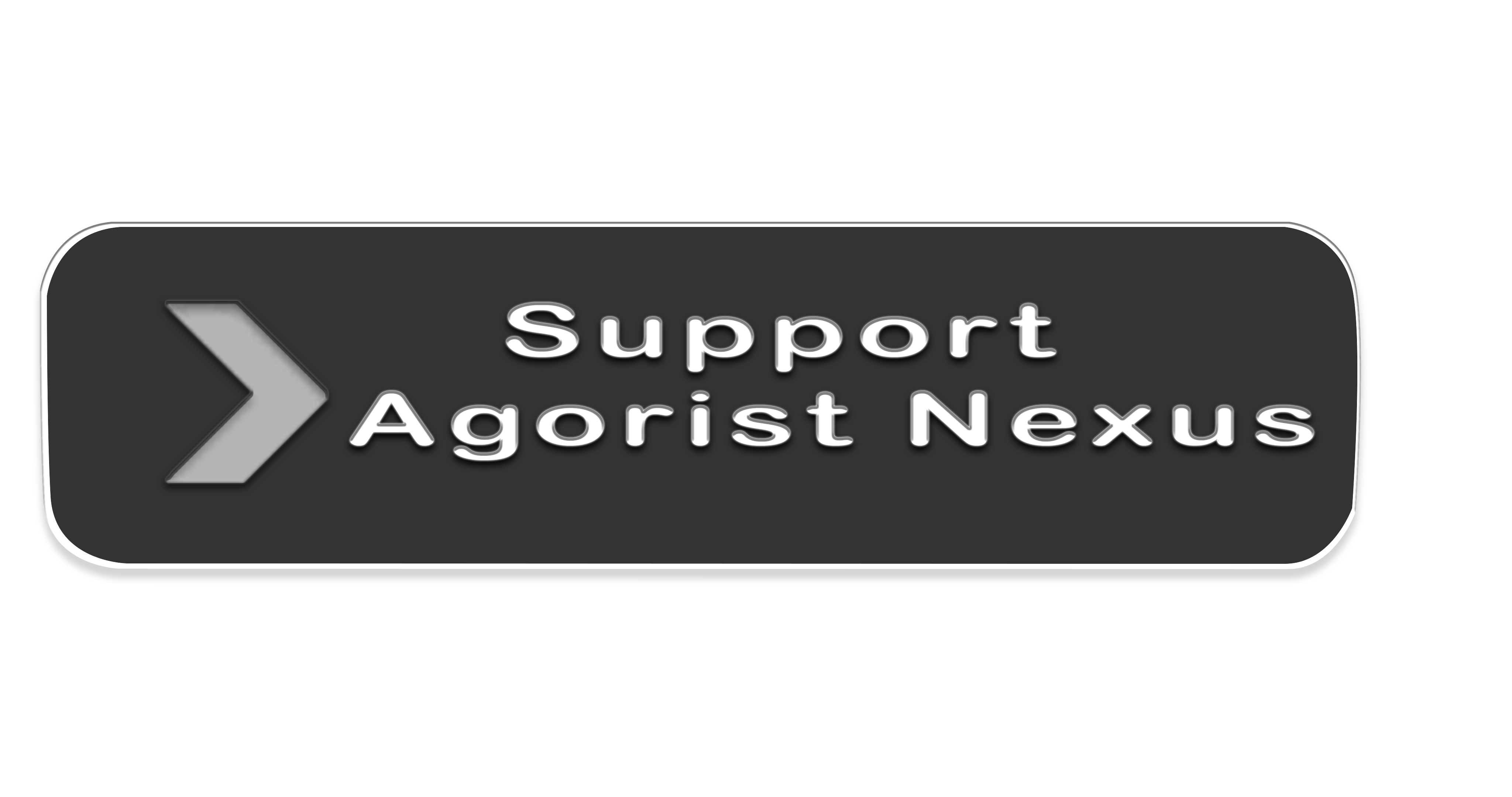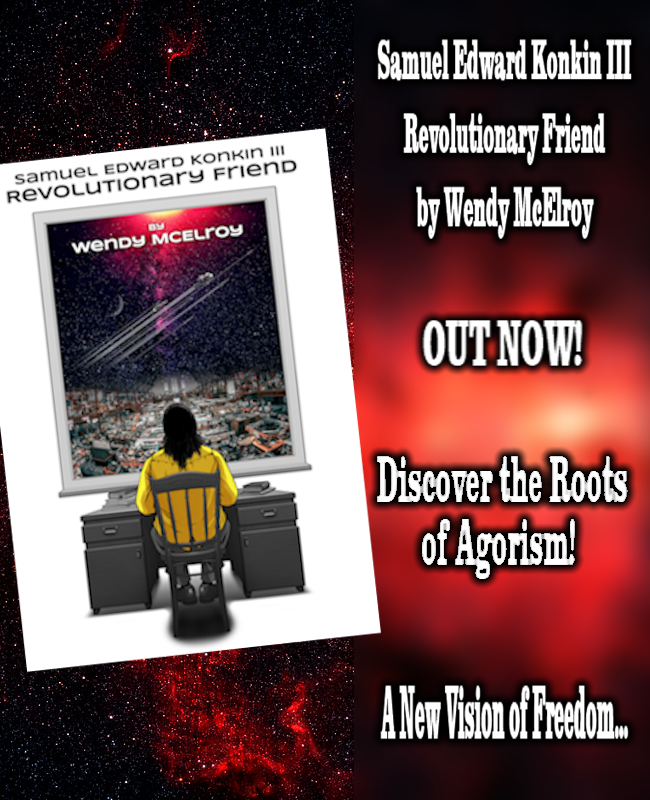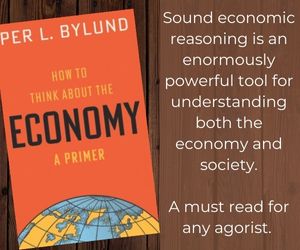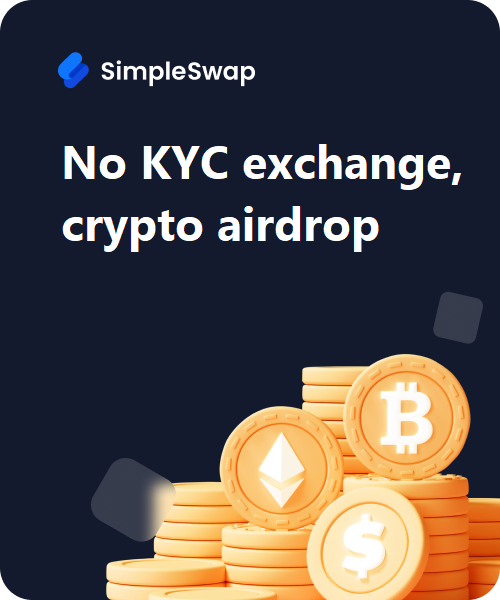
SURVEYING THE SECOND REALM #1 – INTRODUCTION
In this dualistic reality, light cannot exist (or really even be conceived of) without the concept of darkness; the same could be said about life and death, growth and degeneration, electricity and magnetism, and in this case, the Second Realm could not exist without the First.
Broadly speaking, the First Realm is the overarching reason strategies like agorism exist, and individuals like Samuel Edward Konkin III see the need for such action and organizing. Defined, the First Realm is the society that does not respect self-ownership or individual liberty, but rather heralds the supremacy of government and authority; in other words, it upholds the collective as superior to the individual. In agorist terminology, synonyms may include the white, pink, or red markets (taxed, regulated, and/or immoral/unethical markets, respectively); Rayo, the main proponent of vonu, called it the servile society throughout his writings in the 1960’s and 70’s.
In the incredible crypto-agorist novella, #agora, one of the main characters explains the Second Realm as such:
Technically, the Second Realm is described as encrypted communication, encrypted currencies, anonymous and pseudonymous identities and untraceable action.
To elaborate, it’s the use of various strategies and tactics with the goal of separating attribution from action (hence, the use of anonymity and pseudonymity). [On this note, I would highly recommend checking out Smuggler’s presentation at Hackers Congress from a couple years back titled “The Project of Cryptoanarchy.”] One other practical definition of Second Realms is:
Pockets of freedom, wherein individuals can conduct trade and other activities (including vices) in certain areas at particular times without reprisal from the State or “private” coercers.
These pockets of freedom can exist in physical space and time, such as Jackalope Freedom Festival, The Free Republic of P.A.Z.NIA, a seastead in international waters, or even a van nomad squat spot. They can also exist in the digital realm – think decentralized/deep web marketplaces, encrypted communication channels, the Agorist Nexus website, etc.
I’ll go into more detail on the First/Second Realm in the next couple of articles, but that brief introduction should suffice for now. The objective of this series, Surveying The Second Realm, is to take our 10 episode, 15+ hour series over at The Vonu Podcast and condense each concept/idea into an article of 1,500 words or less. Each piece should be more than enough to spark some action, but the relevant, extended episode and further resources will be linked for those wishing to continue their studies.
Back at the beginning of 2018 when Kyle Rearden and I initially put this together, the world certainly looked a bit different. The need for the building of these free realms wasn’t as much in the forefront – the conversations were more theoretical/hypothetical, and we complained often about the lack of action. There were flashes of progress here and there, such as the prevalence of the van nomadism “movement” and some scattered communities, but the pieces of this self-liberation puzzle hadn’t quite come together yet.
Well, it’s safe to say that the year 2020 has changed everything.
Whether or not they’re calling them Second Realms or something else, individuals are organizing. Websites like FreedomCells.org have seen huge surges in membership, thanks to the fear and uncertainty that has enshrouded 2020. Folks are fleeing the cities and heading to rural areas, setting up Second Realm Outposts across the countryside and wilderness. Directories are coming online, connecting these once isolated pockets of freedom. And where many were once vulnerable, they are now taking up self-sufficiency in stride, whether in the realm of food independence and/or the home manufacturing of the means of self-defense. The vision I’ve been trying to put together in my own head/explain over the years seems to be coalescing organically, by necessity – the decentralized network of self-sufficient Second Realms, catering to nomadic/traveling individuals. Or, another common trend – a freedom pioneer making some drastic lifestyle change, such as moving across the “country” in pursuit of personal freedom. It all moves things in the right direction.
That said, it’s all definitely great to see, yet there is still a lot to learn and do. Thankfully, there are texts like Second Realm: Book on Strategy by Smuggler and XYZ that lay out strategies to secure and conceptualize these realms: topics like temporary/permanent autonomous zones; proxy merchants, the facilitators of interaction between the two Realms; lessons that can be learned from organized crime; the importance of tradecraft; the blessings of technology and how it enables the creation/securing of these pockets of freedom, and action items.
The importance and relevance of culture will be an important theme throughout – namely, its role in controlling the masses and manufacturing the despotism/coercion of the First Realm, as well as its ability to connect and empower individuals via the generative force of artistic creation in the Second. Regardless of whether art imitates life or vice versa, the enemies of freedom use it to enslave – we’ll use it to liberate, a powerful tool capable of communicating possibilities in ways mere explanation likely never could.
For those newer to these philosophies and ideas, the next two articles will cover brief introductions to a wide variety of anarchic schools of action and thought, giving you a firm, abstract foundation to base your action upon. Critical principles like self-ownership, the non-aggression principle, and voluntaryism will be explored, in addition to why they’re important and necessary to incorporate with Second Realms – as a brief teaser, if we want others to respect our autonomy, we must respect that of others and forego the use of coercion and fraud. Another addition to the philosophy is that of the cypherpunk adherence and commitment to privacy – “our privacy is also a key symbol for the autonomy we live. We are taking back what a totalitarian outer world wants to steal from us.”
And possibly, in the final article of this series, I’ll examine the aforementioned novella, #agora, as there are lots of important insights to glean from that fictional application of the above strategies.
In conclusion, it’s worth emphasizing the evolutionary nature of the Second Realm; that, instead of nonsense political crusading or collective movementism, individuals are building the alternative society, culture, markets, and infrastructure, all founded upon and committed to freedom and autonomy. Due to the decentralized nature of this strategy, these pockets of freedom are here to stay, providing hope and a reliable option out of the track-and-trace servile society for those willing to make some sacrifices in the name of liberation and self-sufficiency. Smuggler and XYZ put it thusly:
Our strategy for liberty is the creation of a culture of liberty, a society that occupies its own protected space and implements independent systems of cooperation. We need to create a Second Realm.
Please join me next time, as I dive deeper into the philosophy and culture of the First Realm.








1 comment
Nelson
November 21, 2020Good article, Shane. Thanks!